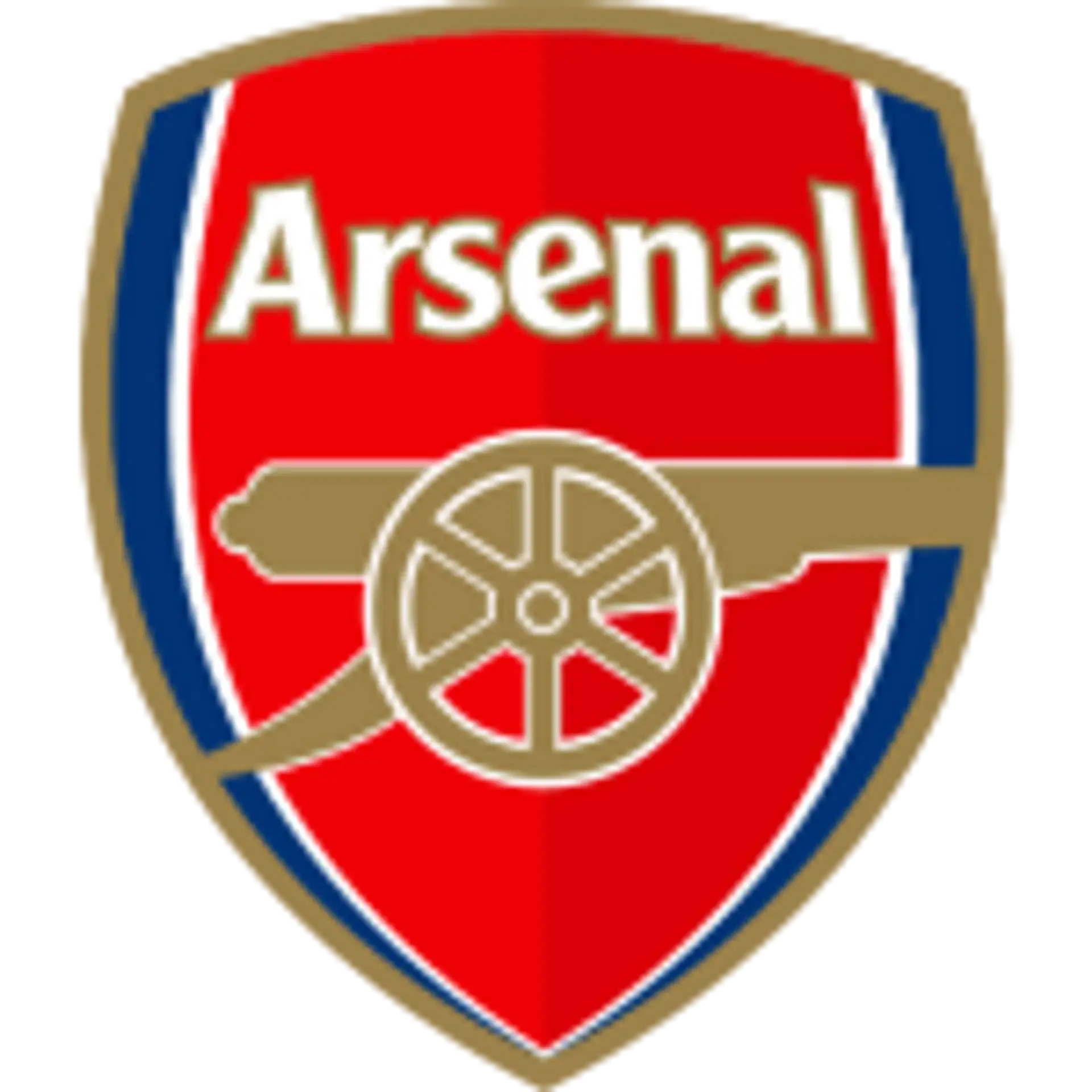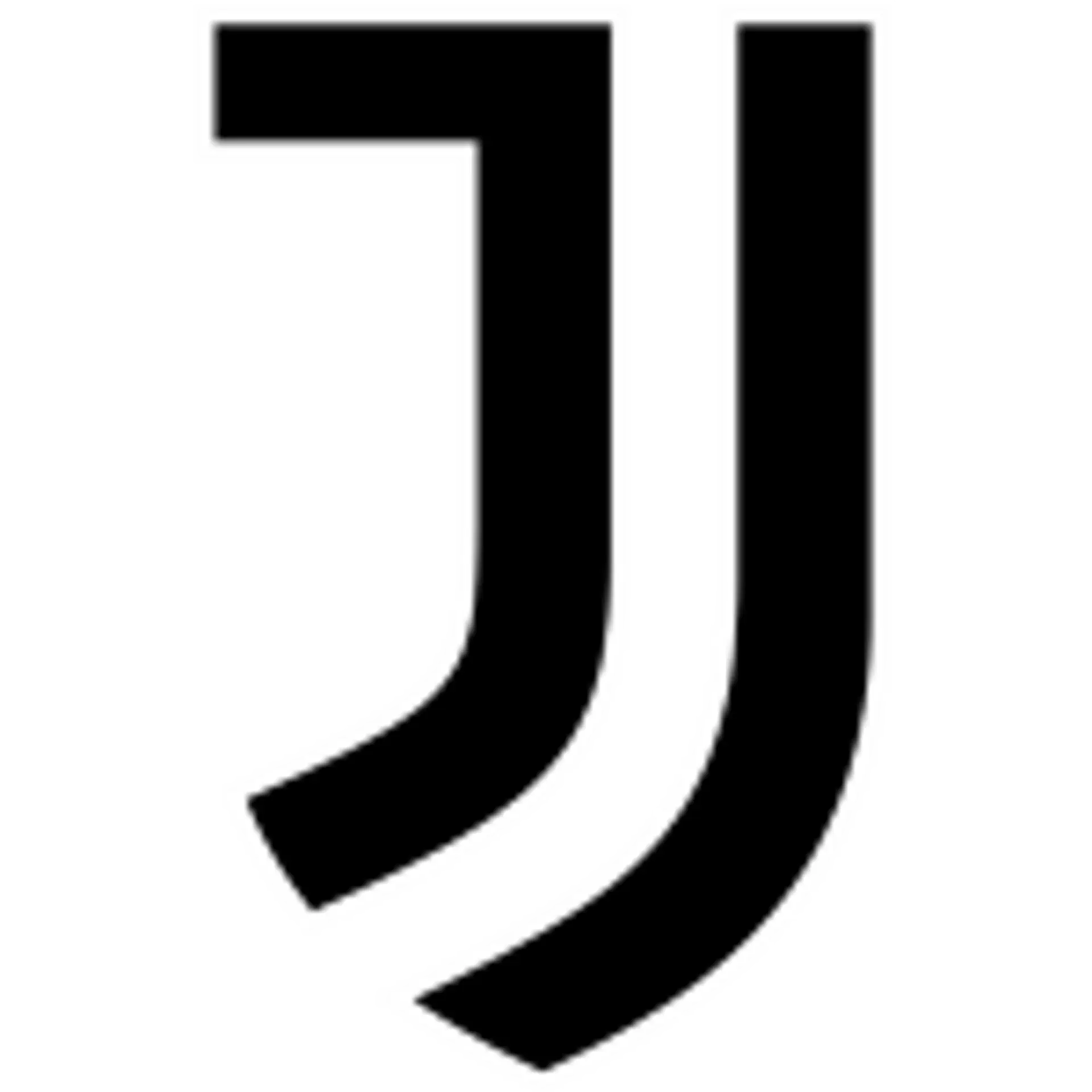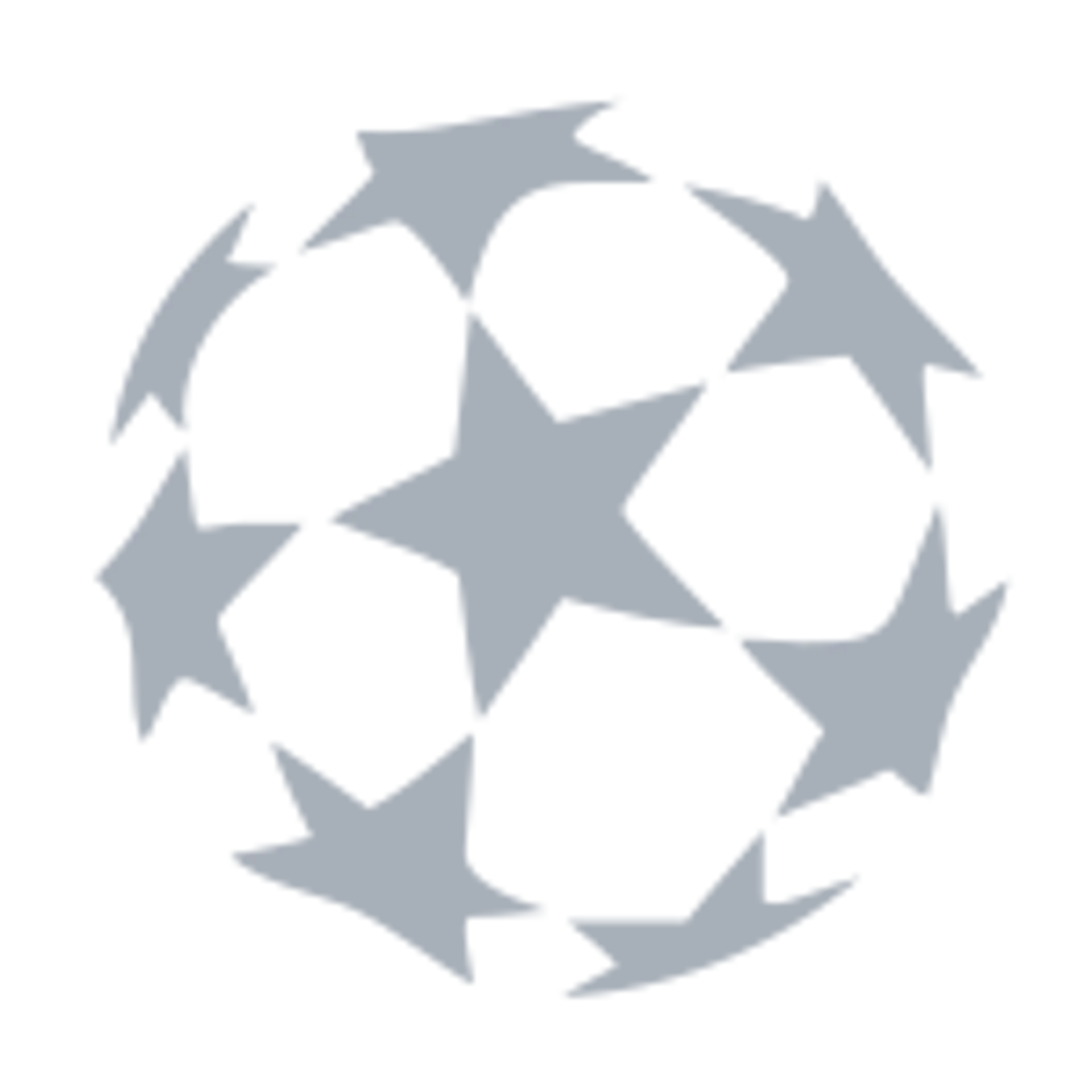
Arsenal progressed to the FA Cup semi-finals on Sunday after securing a 2-1 victory against Sheffield United.
The quarter-finals are normally not a place for experimenting as this tournament could be the only way to reach Europe for the Gunners.
However, Mikel Arteta decided to take a risk and designed a tactical system he had not used at Arsenal before. In fact, the 3-6-1 formation is almost unprecedented in modern football.
At first glance, this is a rare system that could be used only in very limited cases. However, as we argue further, today's Arsenal could be a perfect team to implement this shape.
Juventus 2015/16
The most recent example that comes to our mind when this system was used continuously is Max Allegri's Juventus.
The Italian tactician – who was heavily linked with an Emirates move in the time of uncertainty after Emery's sacking and Arteta's appointment – gets the knack at inventing strange systems and bringing his teams to success using them.
That was the case with Allegri's second season at Juventus. He guided the Bianchoneri to the Serie A double with a tactical formation relatively resembling the one Arteta used against the Blades.
Here is how Juve lined up in the 2015/16 campaign.

Central defender Leo Bonucci was instructed to dictate play from the back as he possessed great ball-playing skills (he still does). The closest resemblance in today's Arsenal is David Luiz, who was slotted in the middle of the three-man defence at Bramall Lane (more on him later).
Allegri heavily relied on two wing-backs, Patrice Evra and Stephen Lichtsteiner, to go back and forth, creating chances with their overlapping runs but also covering up in the defensive phase.
While Marchisio helped Bonucci distribute long-balls from behind, more advanced central midfielders Paul Pogba and Sami Khedira were instructed to carry the ball forward through quick, short passes and their individual skills.
They were immensely helped by Paolo Dybala, whose positional awareness made him a key player for the Bianconeri. The Argentine operated between the midfield and the attack, with his quick movement and attacking runs creating an additional goal threat.
Dybala was often the main executioner in Allegri's squad as Mario Mandzukic, the nominal centre-forward, pressed the hell out of opposition defenders.
In this formation, Allegri did not have a single creative pivot; instead, the role of a playmaker was distributed among several members of the squad, with Pogba, Bonucci, Marchisio and Dybala creating the most chances.
Arsenal 2019/20
So, as we said, Mikel Arteta used a very uncommon tactical formation at Bramall Lane. It could be referred to as 3-6-1, 3-3-1-3 or 5-4-1, depending on the situation. We would stick to the first name. These are names for different variations of the same way of lining up players on the pitch.
This system is made to amplify the characteristics of several Arsenal players. Others have to be moulded into the tactical shape.
Here is our approximation.

Key player 1: David Luiz
Of course, Max Allegri is not the only tactician who inspired Arteta. Antonio Conte, who brought a 3-5-2 shape to the Premier League after successfully implementing it at Juventus, and Arsene Wenger, who experimented with a three-man defence at Arsenal in the 2016-17 campaign, probably influenced the 38-year-old as well.
Perhaps Antonio Conte was a more principal influence than the Frenchman as the now-Internazionale boss won the Premier League trophy with Chelsea in 2017. The Blues' triumph was made possible by David Luiz's diagonal passes as his defensive liability was compensated by two other defenders and the advantage he brought in the attacking phase.
Arteta aimed to deploy the Brazilian in a similar ball-playing defender role. Until the injury forced him off, the 33-year-old was doing well, delivering the ball to midfielders and, on several occasions, into the final third.
If the boss persists with this system, David Luiz will be a mainstay in the team for the next campaign, for better or worse.
Key player 2: Kieran Tierney
The tenacious Scotland international and the wing-back position is a match made in heaven. The 22-year-old has lungs to run back and forth for 90 minutes, covering up for teammates and pressing the hell out of the opposition's defenders.
KT posesses the necessary vision and positional awareness to be indispensable in transition. Kieran is always ready to find space for himself and his understanding with Bukayo Saka is amazing. Their connection is why the majority of Arsenal's attacks started on the left side.
Key player 3: Bukayo Saka
Even though the wonderkid started as a left-forward, he was moved to the left-back role and has now found himself as a central midfielder. However, the England U18 international's role is far from simple.
Arteta understands the 18-year-old is a brilliant ball carrier who also possesses good passing skills – he's Arsenal's best assist provider this season. The boss decided against limiting him to the left flank and gave him more freedom to roam around.
When Arsenal were in attack against the Blades, Bukayo and another winger-turned-central midfielder, Nicolas Pepe, moved forward into the positions of inside forwards. This allowed Arsenal to create a few chances, using the pair's blistering pace.
Arsenal after transitioning to the offensive phase:

Key player 4: Alex Lacazette OR Eddie Nketiah
Both Laca and Eddie are very good when it comes to putting pressure on opposition's defence. Nketiah scored a goal against So'ton after forcing their keeper to make a mistake and Arteta praised him for 'fighting with everybody'.
Similarly, Alexandre can be moulded into a defensive striker: a type of centre-forward whose main goal is to disrupt the opposition's attempts to play out from the back and intercepting the balls. The Frenchman's exemplary work rate and reading of the game make this possible.
Interestingly, Auba does not fit for this role so it remains to be seen how Arteta will deploy the 31-year-old in this tactical system.
Why is this system good for Arsenal?
1. First of all, some of our best players are made for this formation. Kieran Tierney excels as a wing-back and Bukayo Saka's reinvention of a central midfielder becoming a forward in the attacking phase could become a tactical breakthrough similar to Guardiola's rediscovery of a false-nine.
2. The 3-6-1 formation is very flexible. In the image above, we showed how Arsenal looked while attacking. When Sheffield crossed the half-way line, Tierney, Maitland-Niles and Willock dropped deeper so Arsenal had more bodies to defend with.
Here is how Arsenal getting defensive looked like:

This system allows Arteta to get the most possible numbers both in attack and defence. The initial 3-6-1 shape easily transforms into a defensive 5-4-1 formation, which, in turn, could be quickly adapted for situations when Arsenal need to score, as was the case with Dani Ceballos' late goal.
One can argue it was a piece of sorcery from the Spaniard but one can't deny it was facilitated by Arteta's tactical decision which saw the midfielder moved to a more advanced role.
3. This tactical approach is ideal for counter-attacking football. Arsenal's main quality these days is fast legs of the likes of Bukayo Saka, Joe Willock, Hector Bellerin, Pierre-Emerick Aubameyang and others. Arsenal fans still miss Santi Cazorla because we no longer have someone capable of creating a chance out of nothing.
The 3-6-1 formation solves our creativity void with a very simple solution: run! If you do not have enough brains, you can use legs. This has carried Liverpool under Jurgen Klopp.
The Reds famously do not have a designated playmaker and rely on Firmino's flair and the pace of Mo Salah and Sadio Mane to score goals instead of concentrating the power to hold keys to their attack in the hands of one player.
Given that Mesut Ozil is apparently no longer good enough for the Premier League football, Arteta's new system priorities collective spirit and work rate over individual skill. The German's trademark moments of genius which, perhaps too often, did not come when Arsenal needed it the most, are no longer required for Arsenal to secure victories.
Mesut's time at the Emirates looks to be over soon...

It remains to be seen whether the Gunners will continue deploying this system in future games but it certainly shows that Mikel Arteta's experiments with the squad and the shape take the club's needs and the squad's characteristics and limitations into account.
The Spaniard is not afraid of coming up with almost unprecedented solutions to the North Londoners' chronic problems. This makes me believe Arsenal have a very bright future ahead.
Do you want Arteta to persist with the 3-6-1 formation? Why / why not? Tell us in the comments!




















































